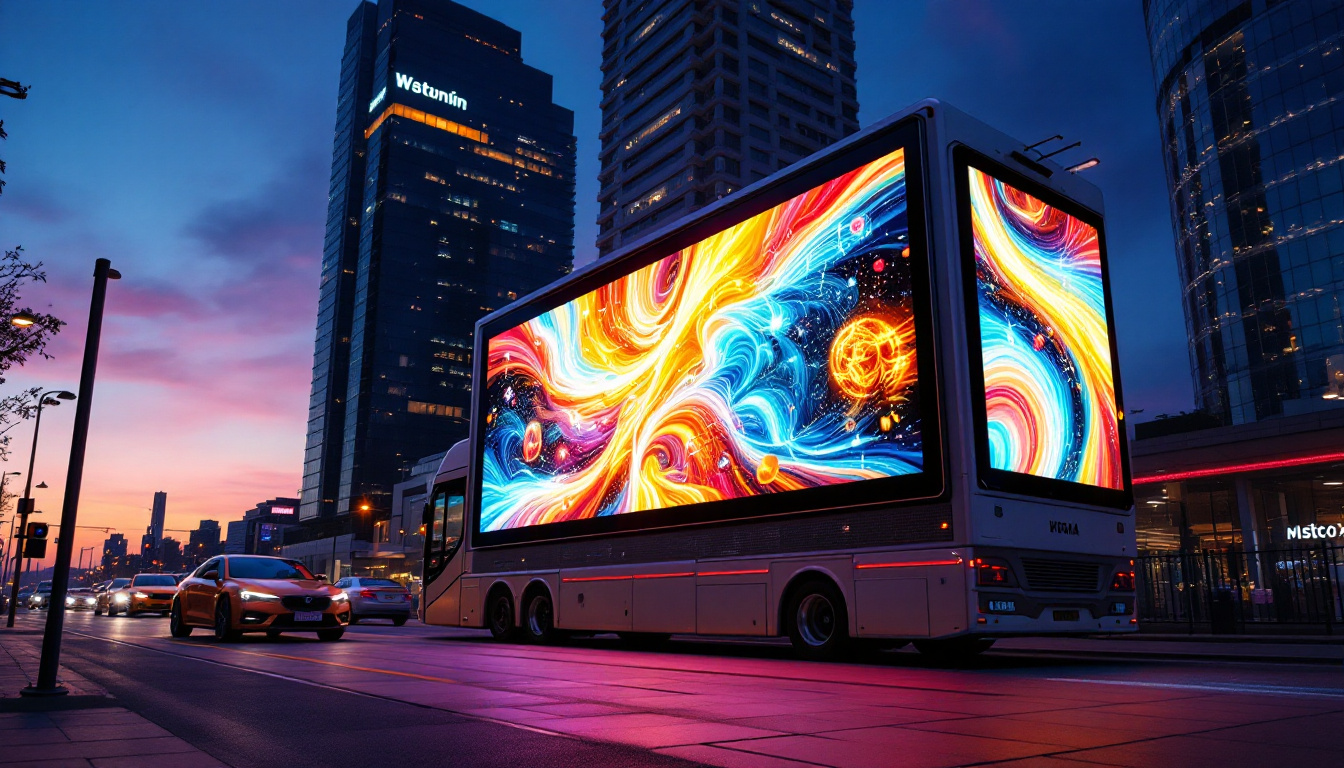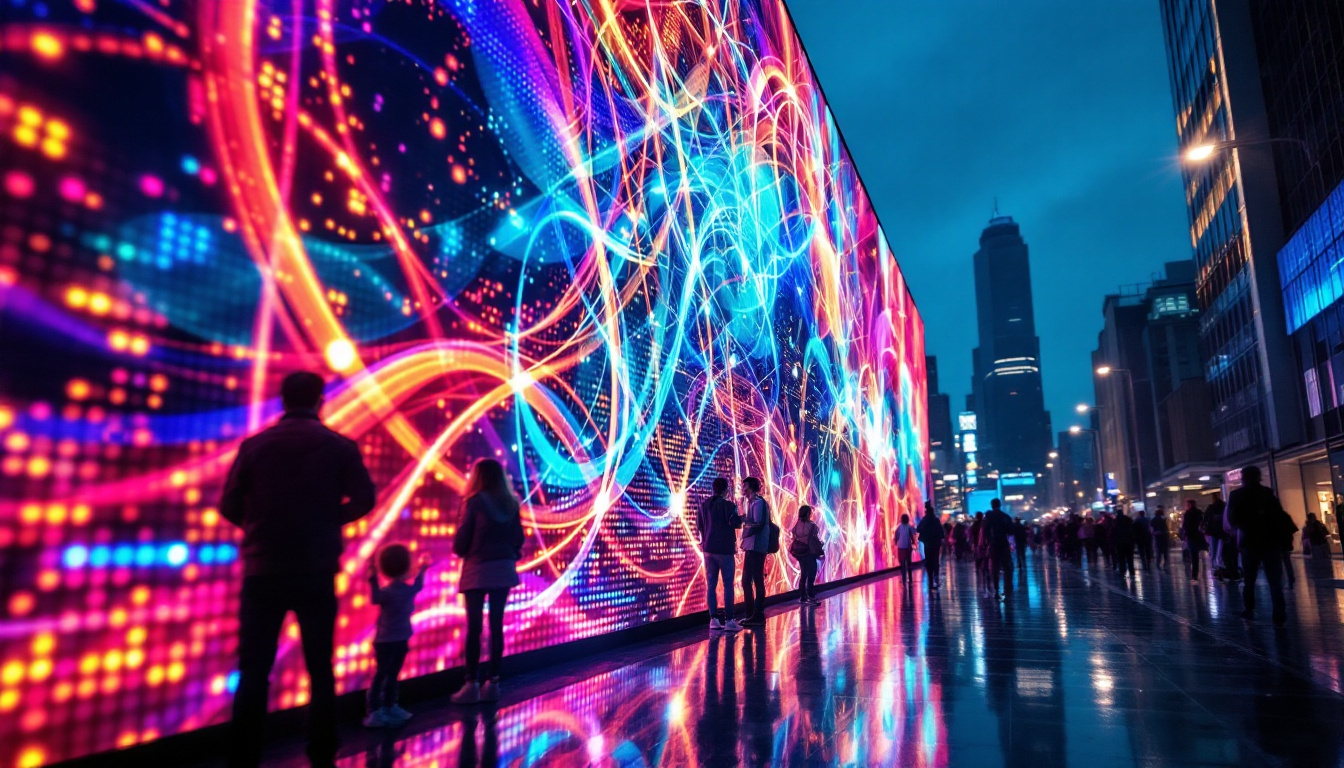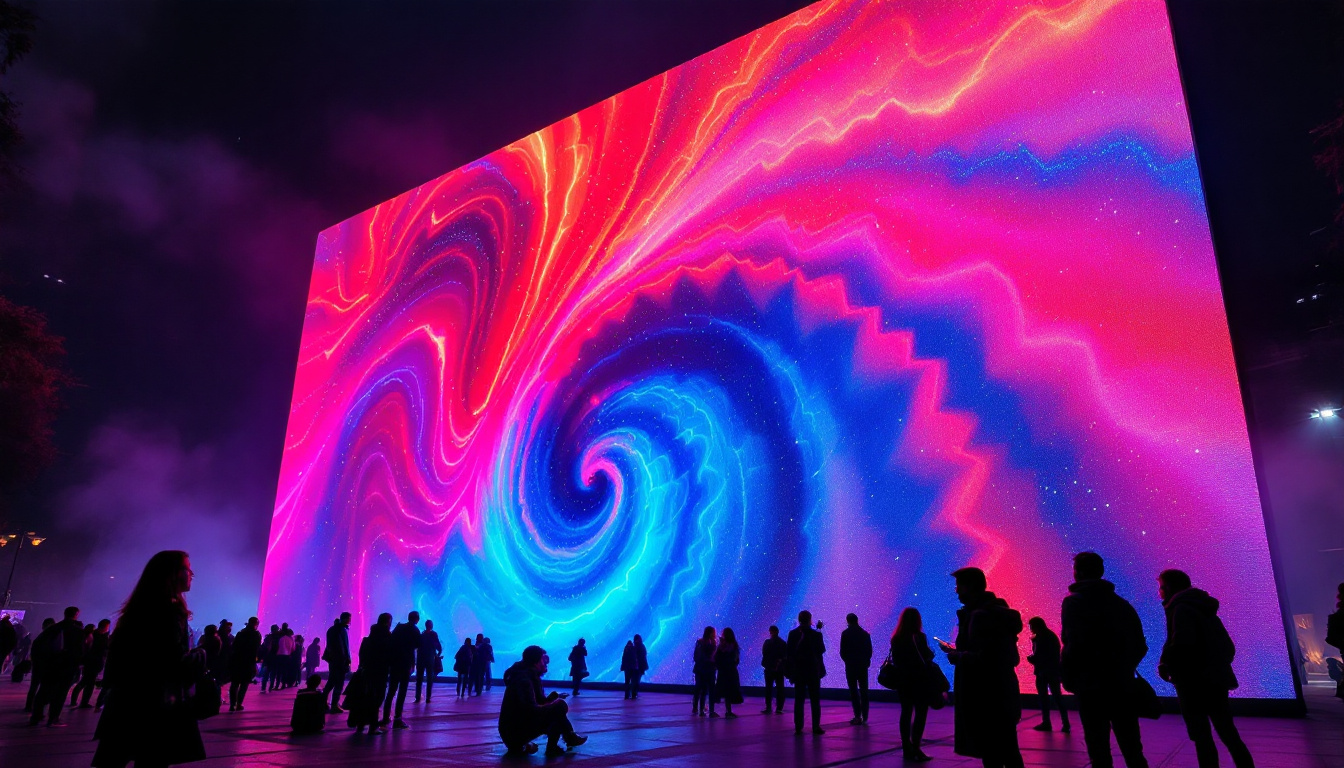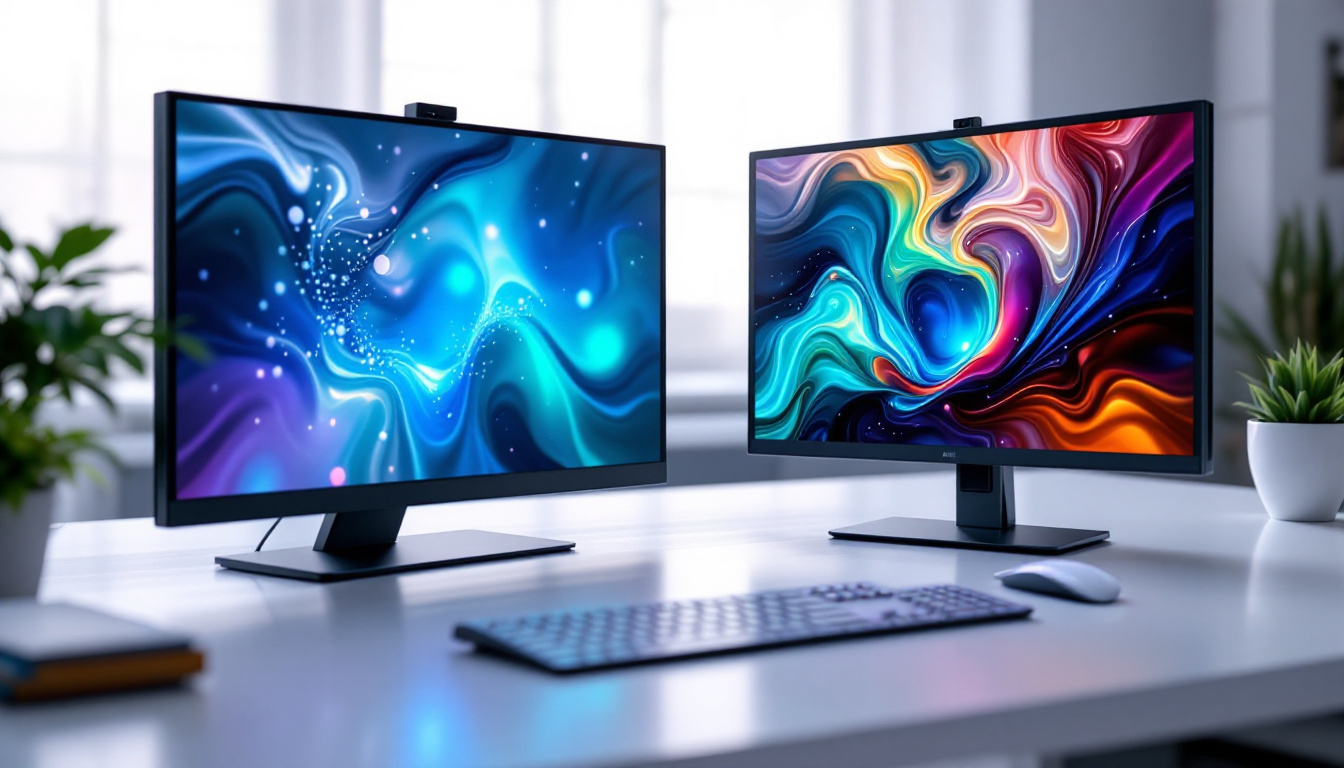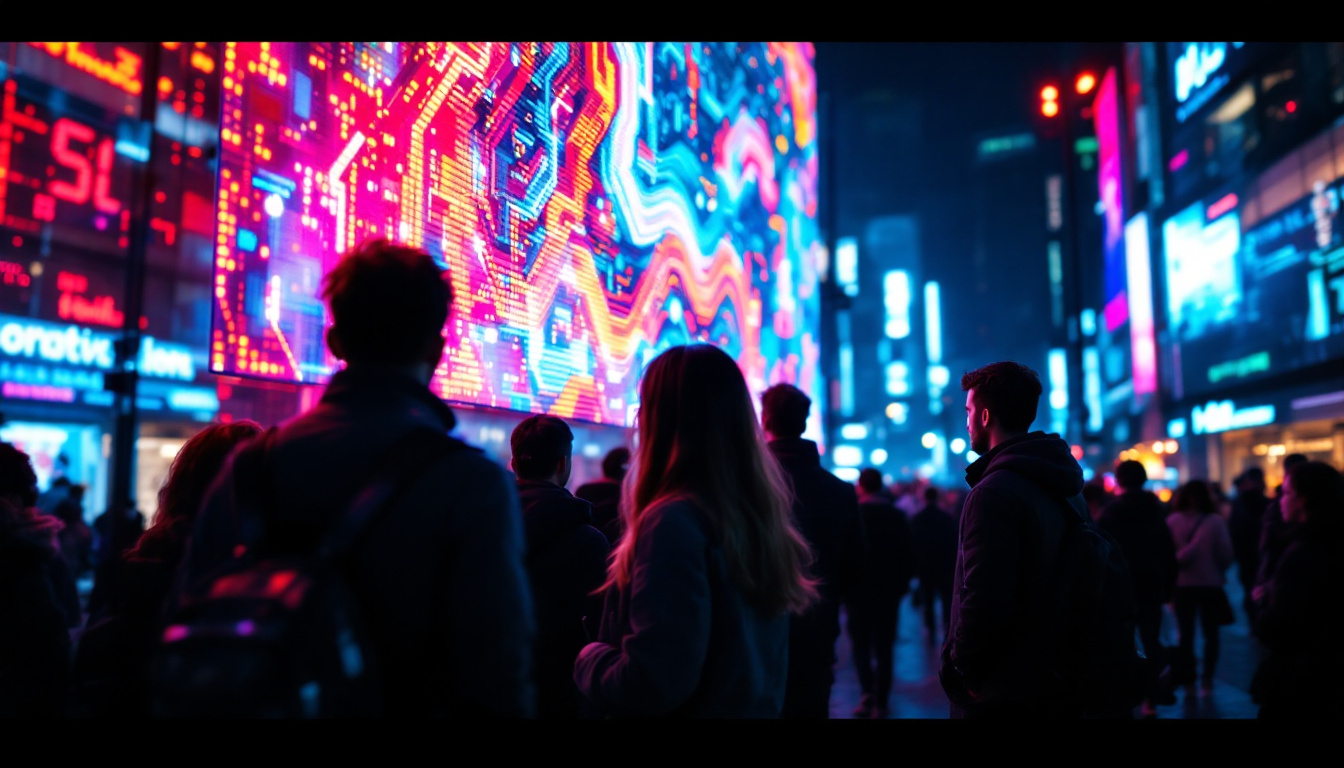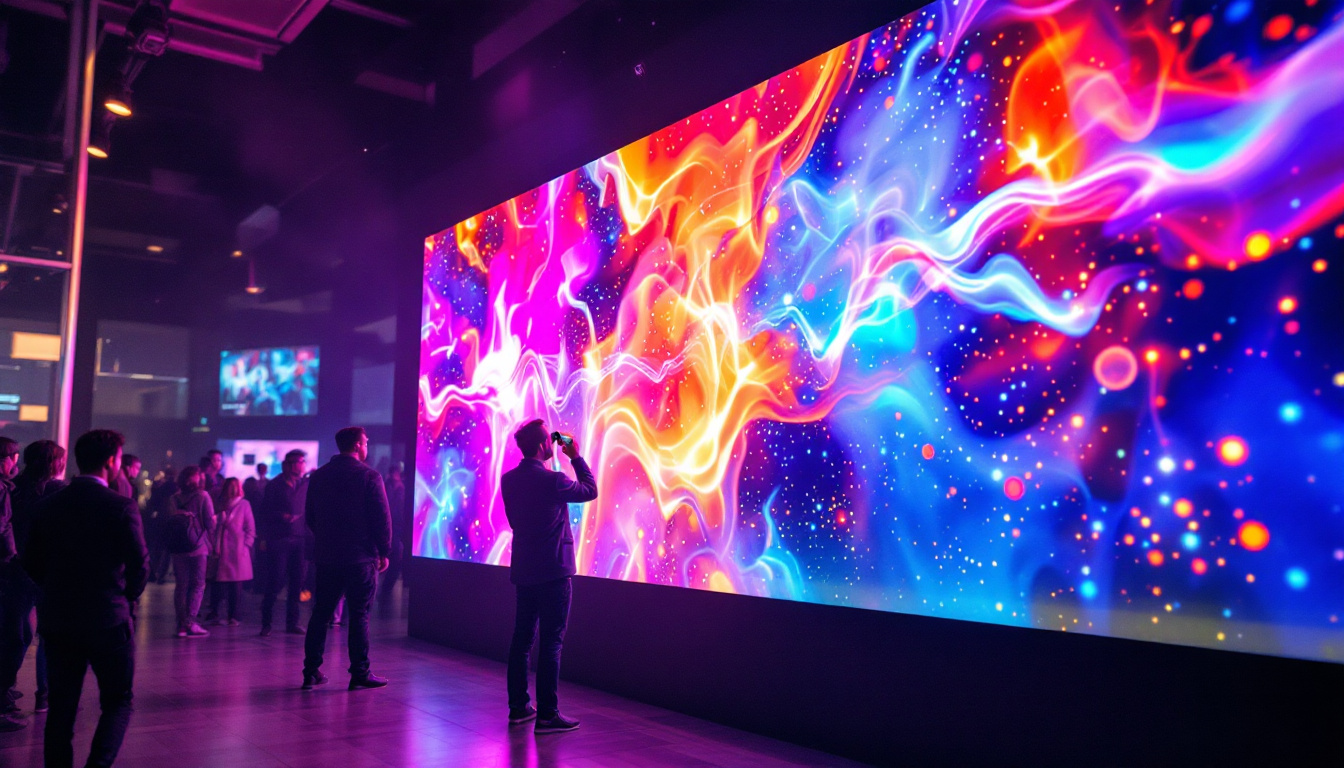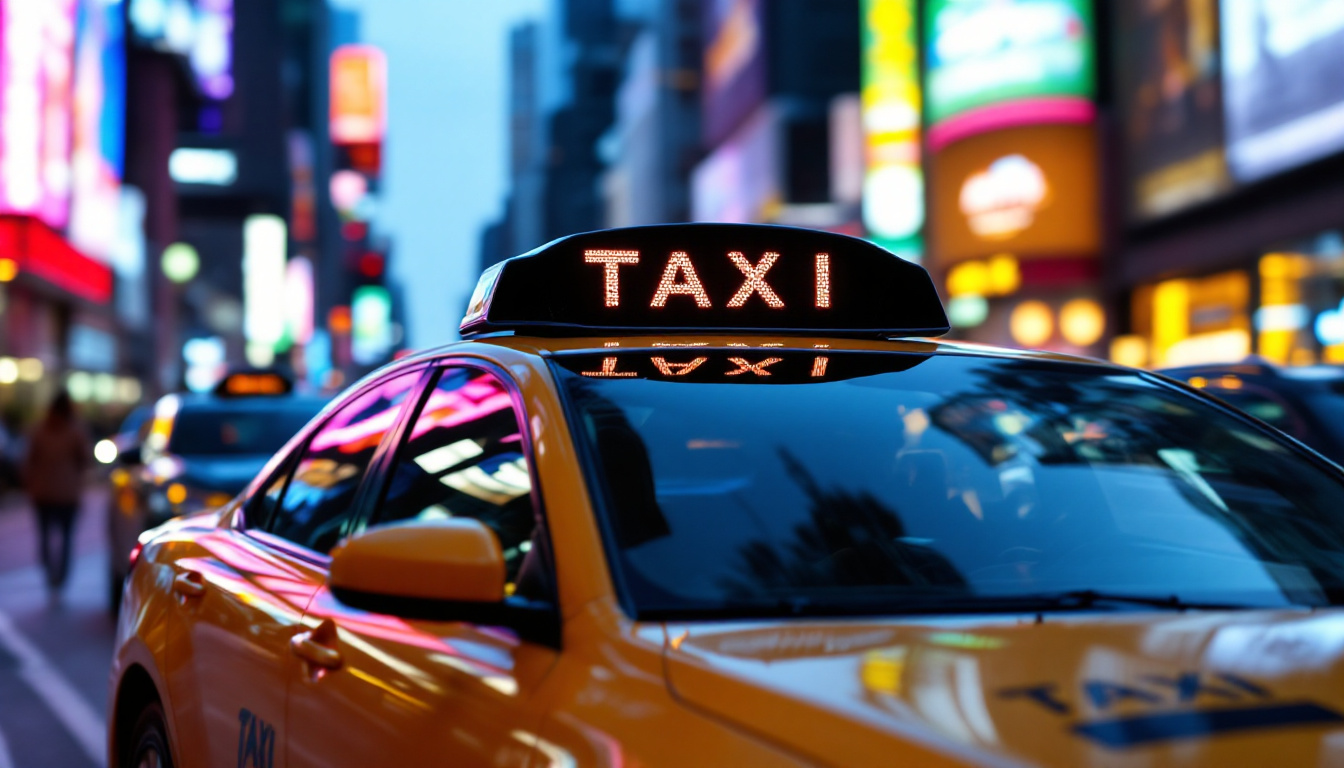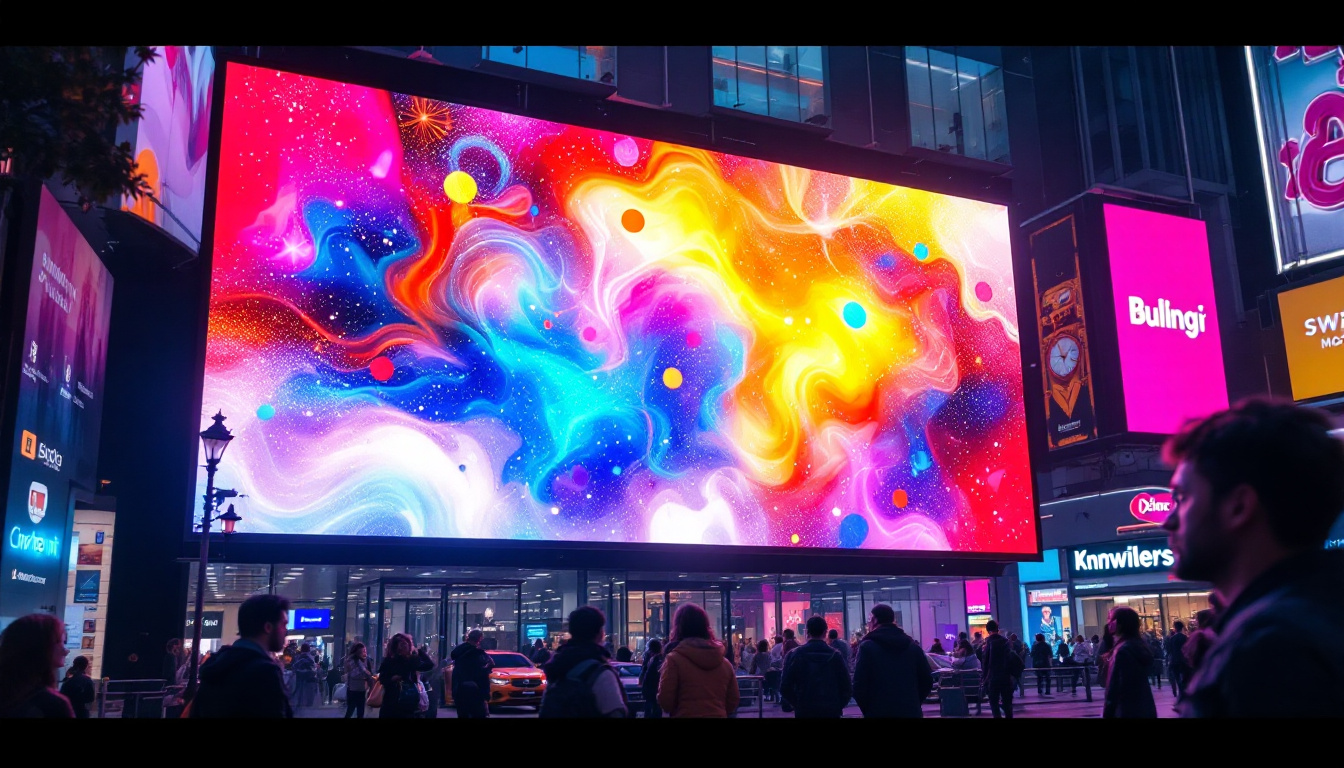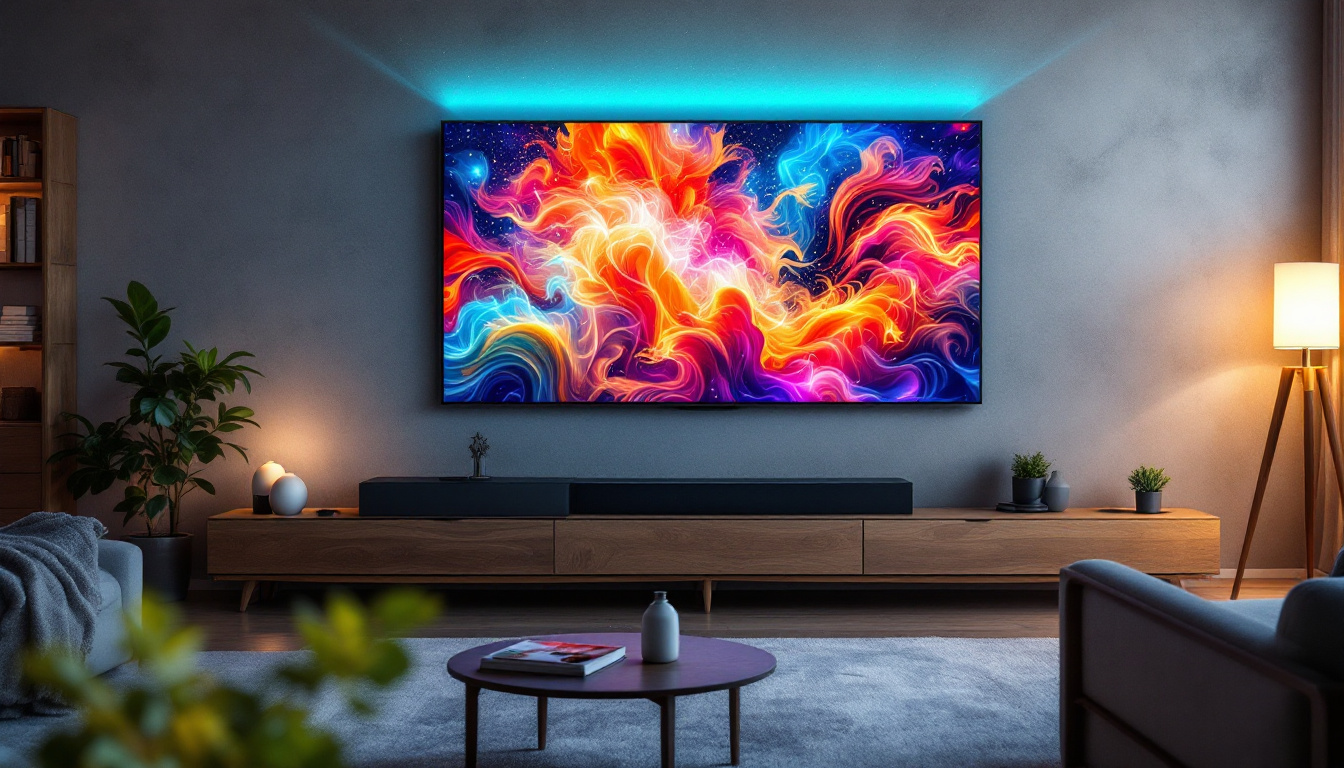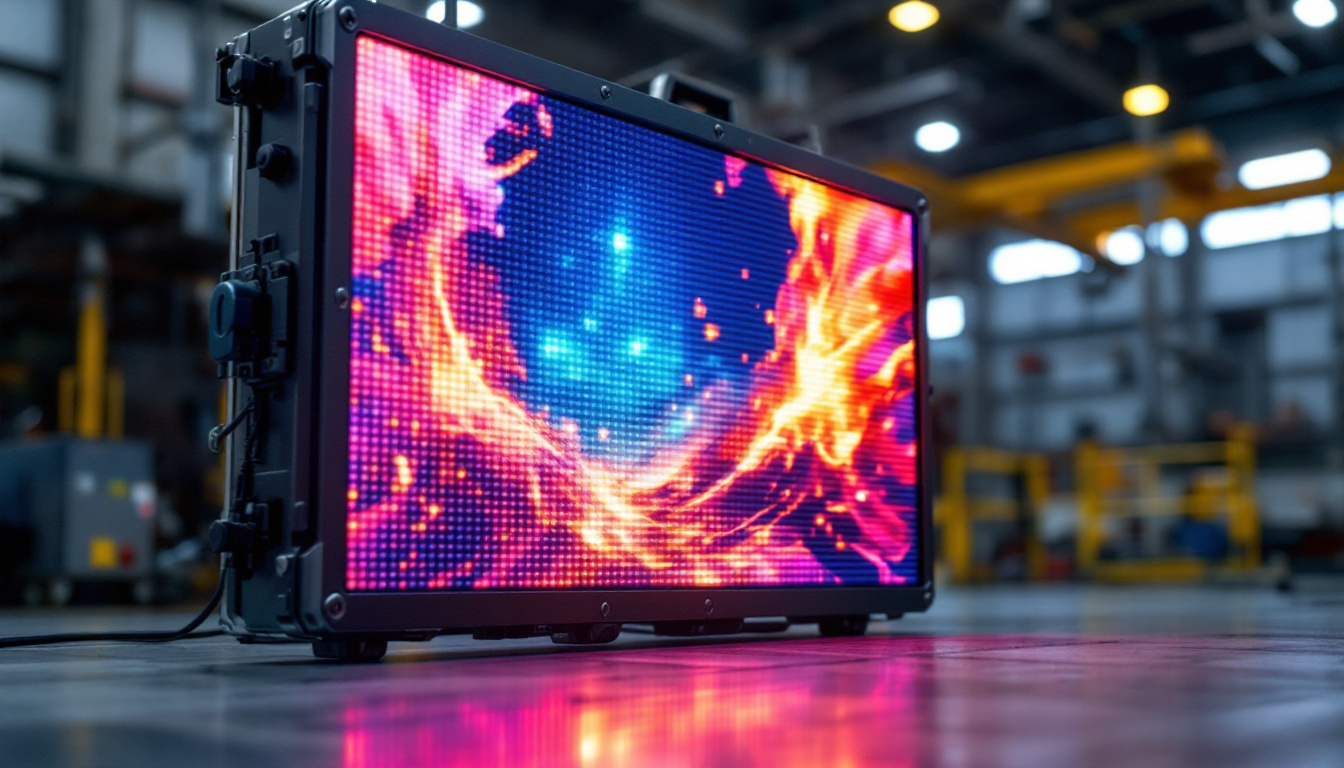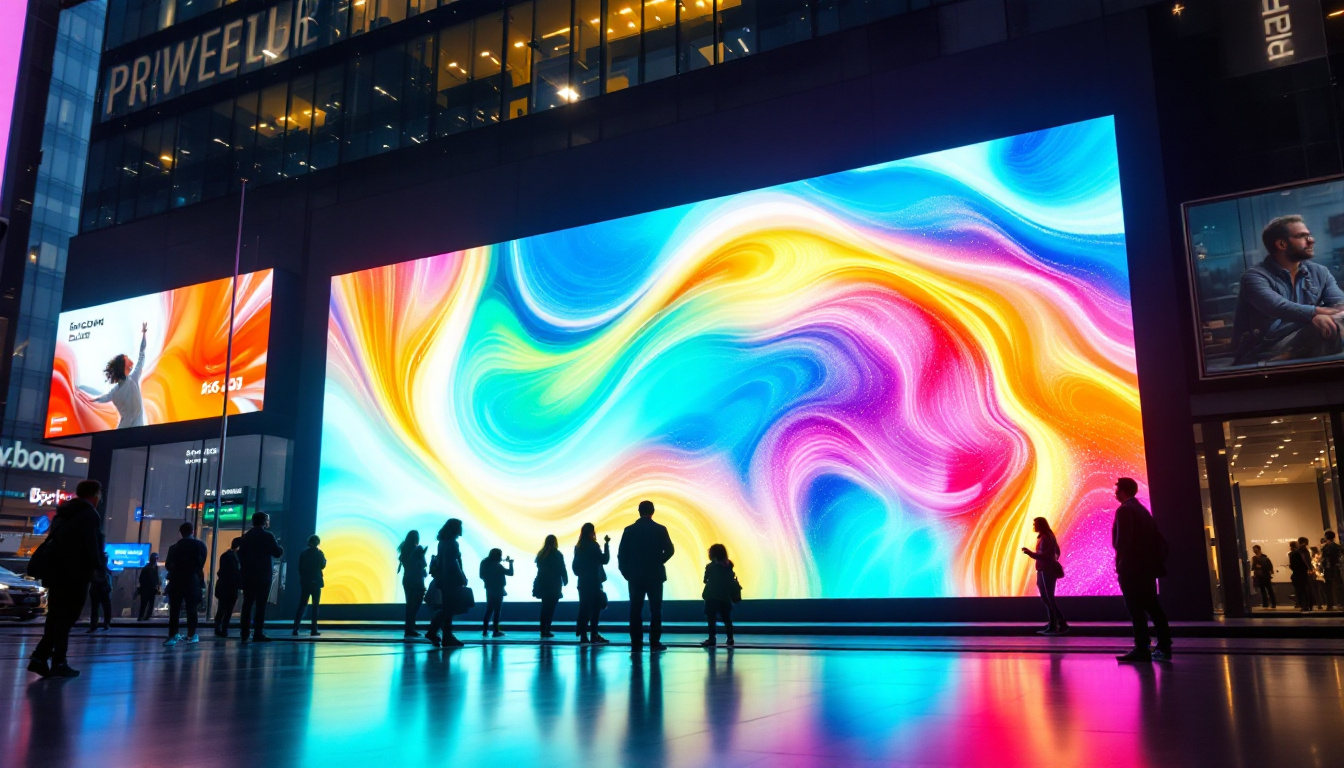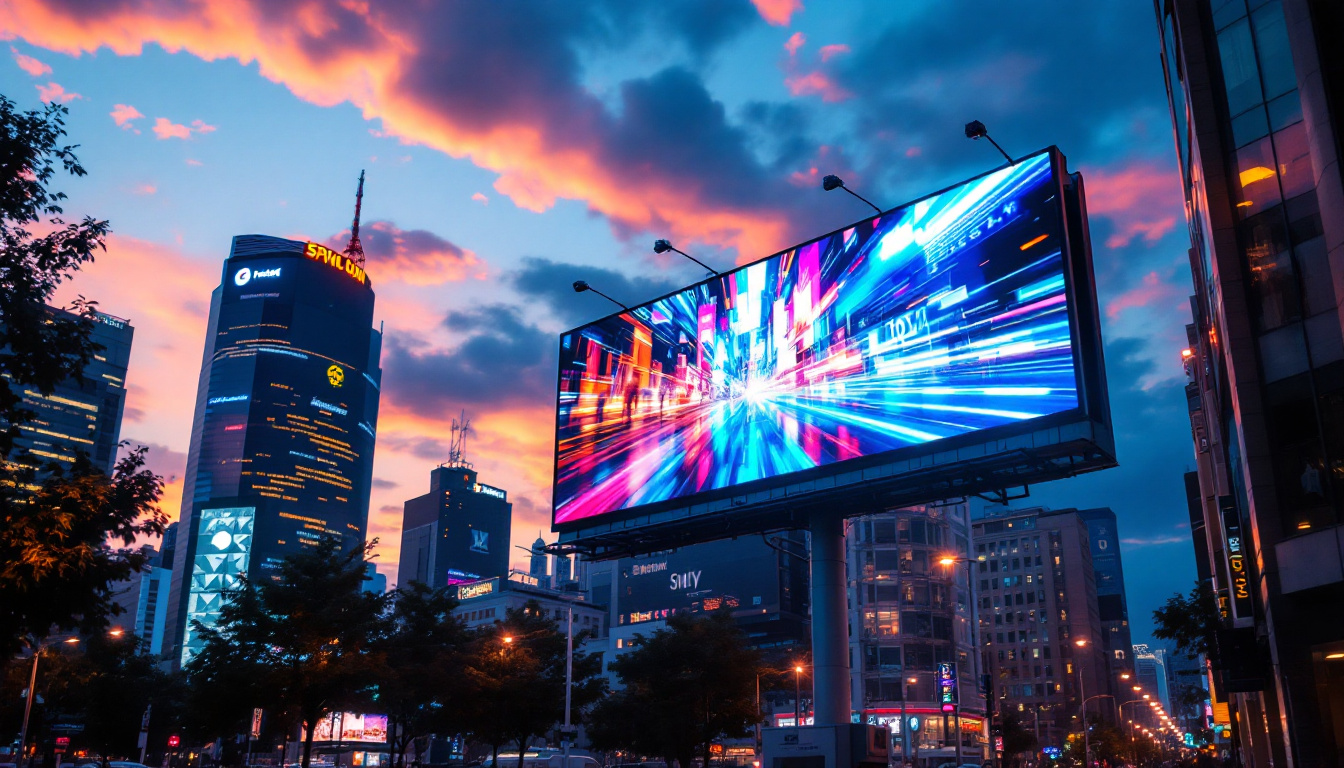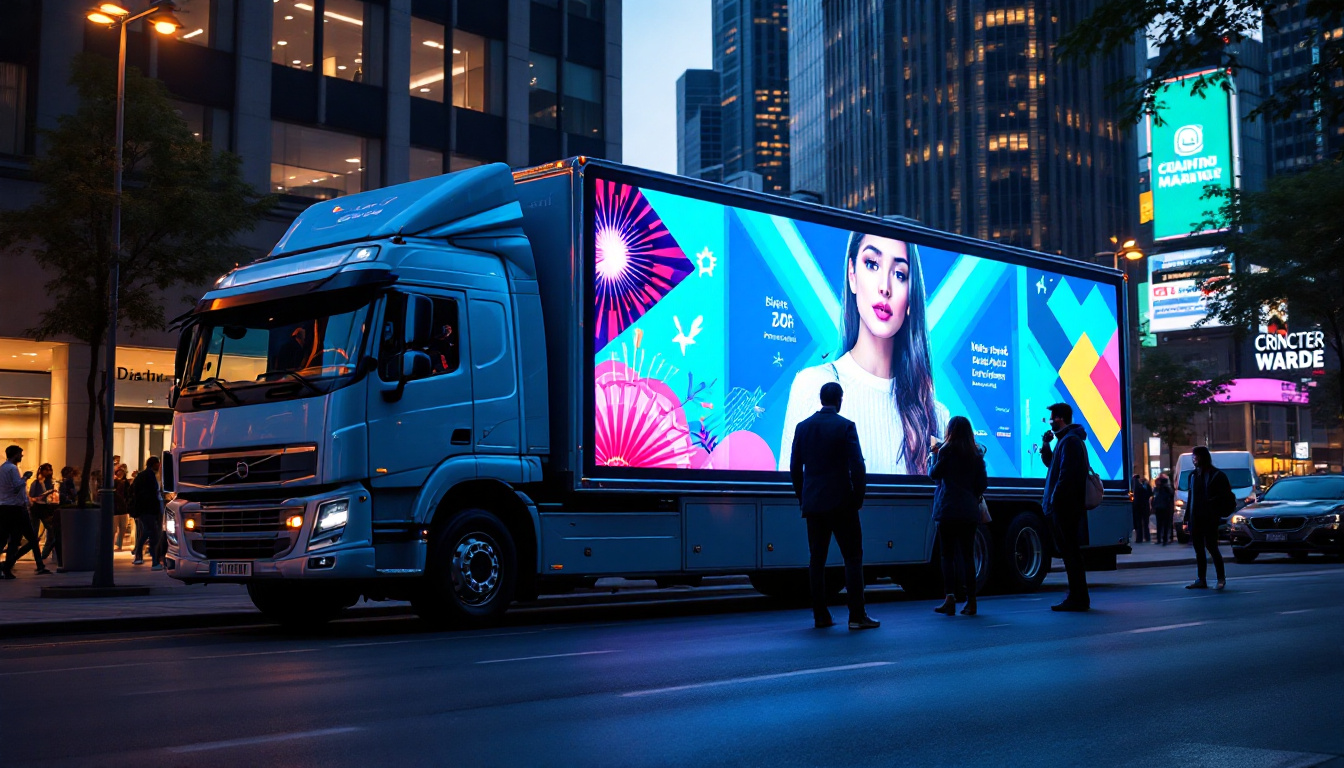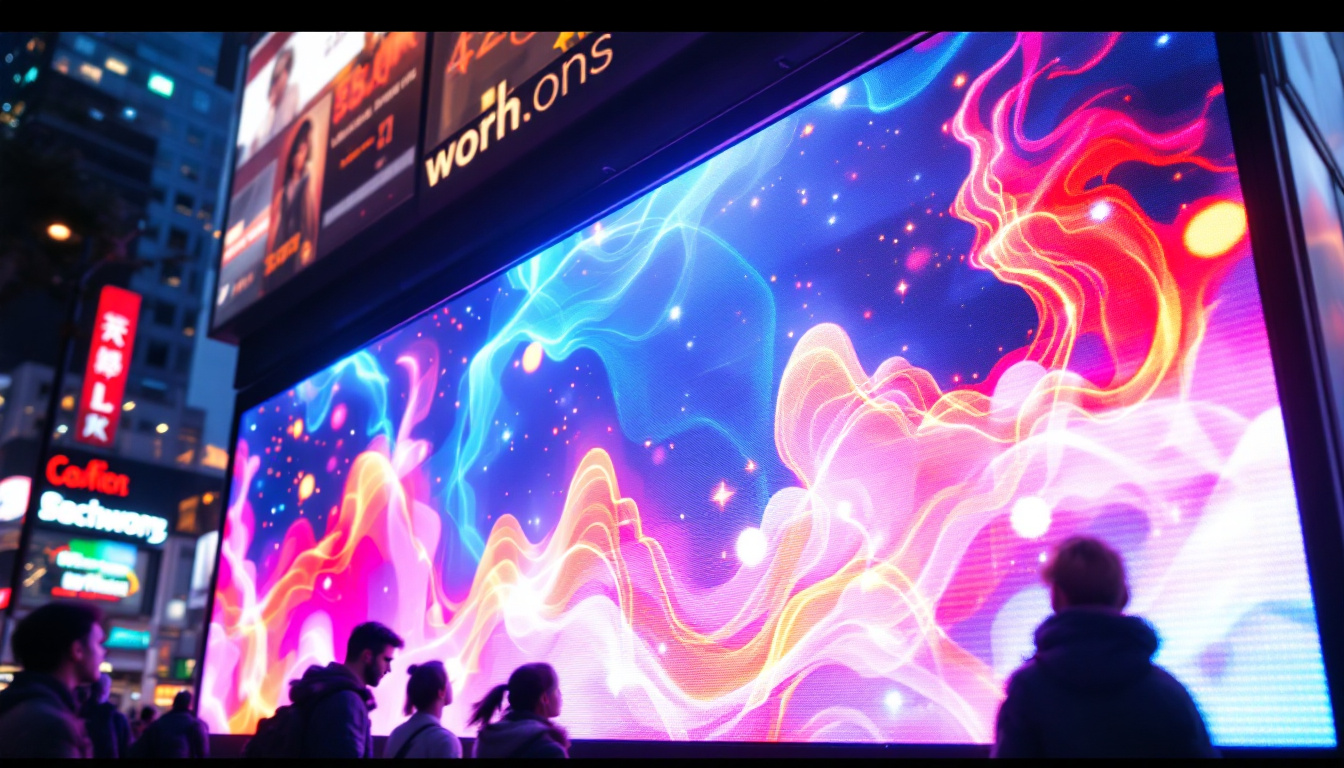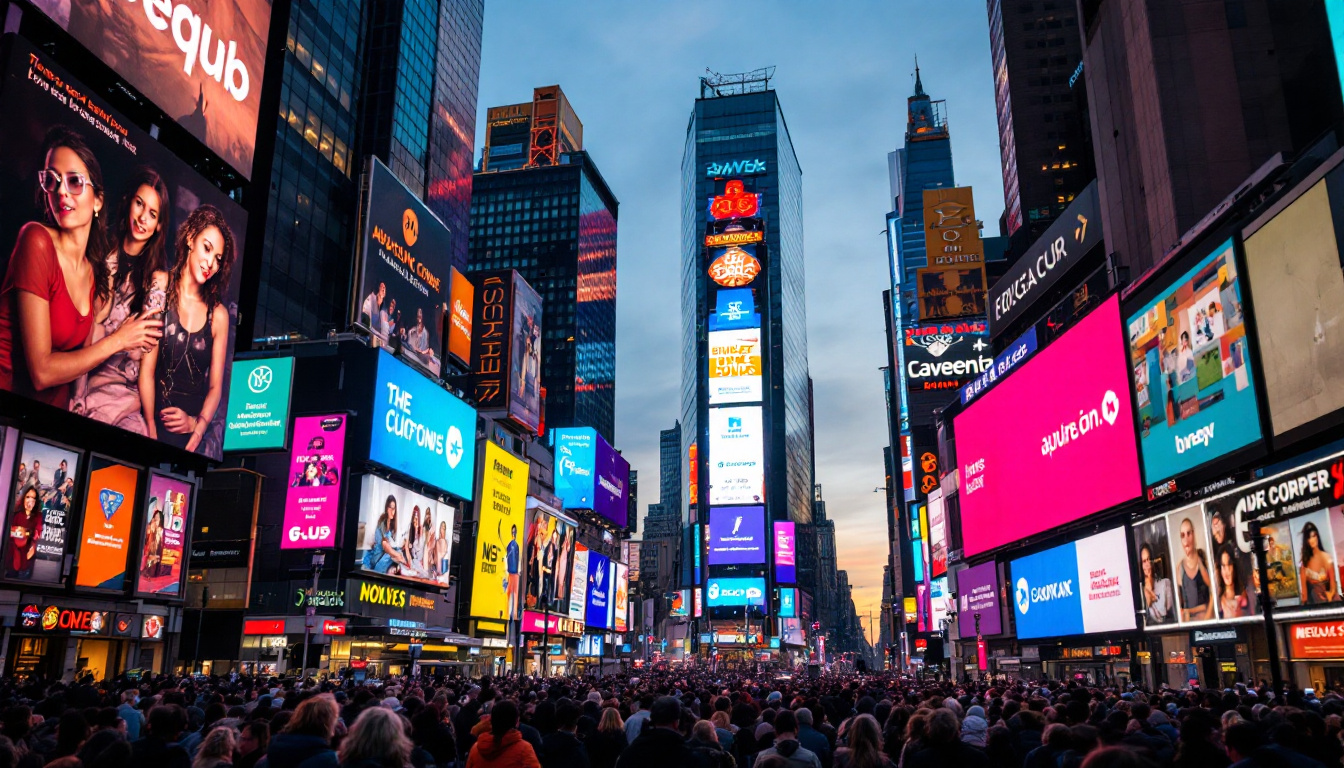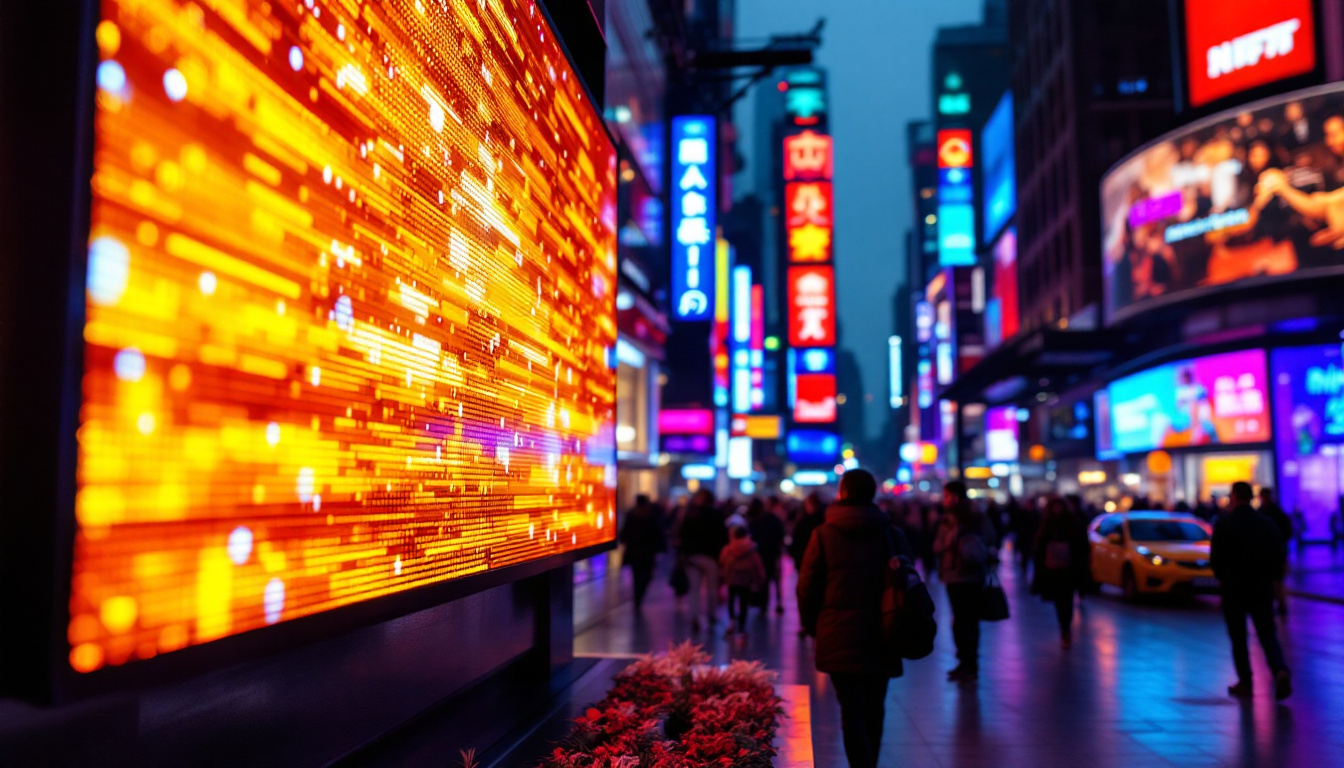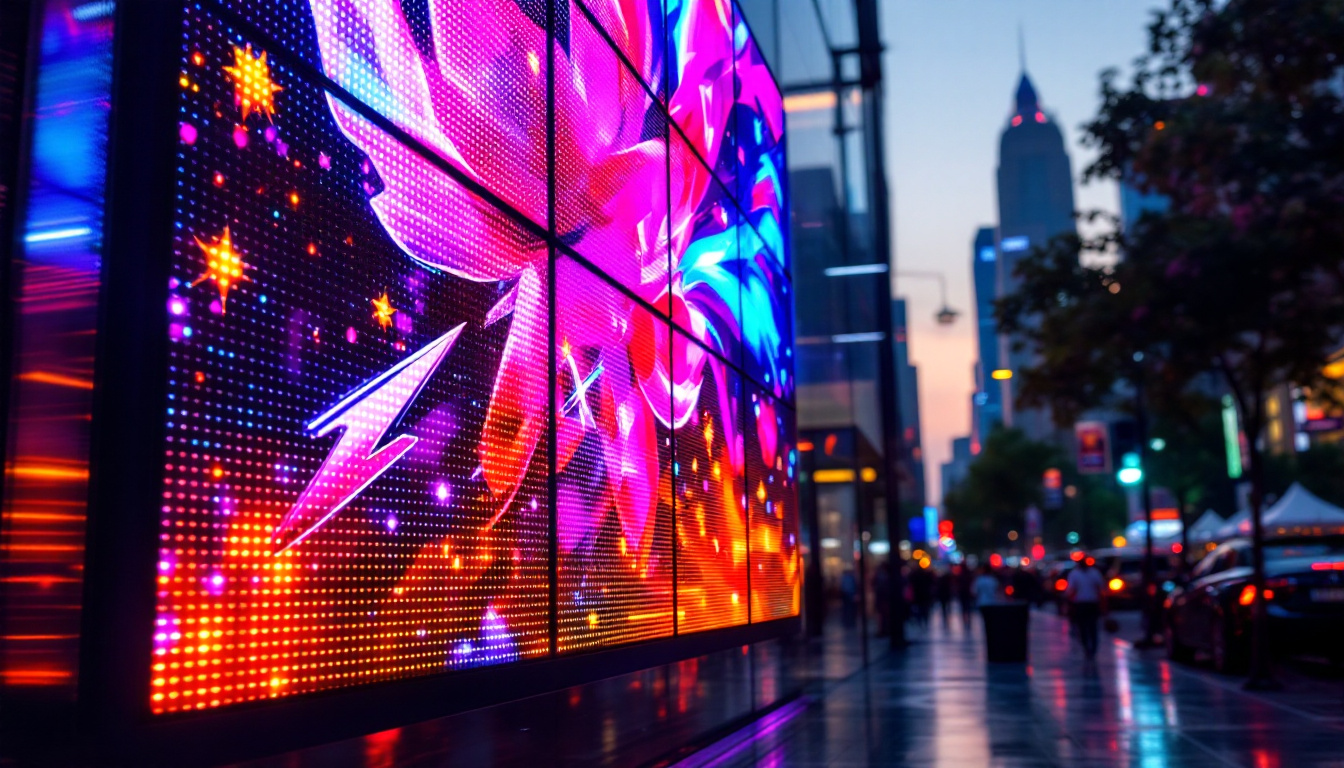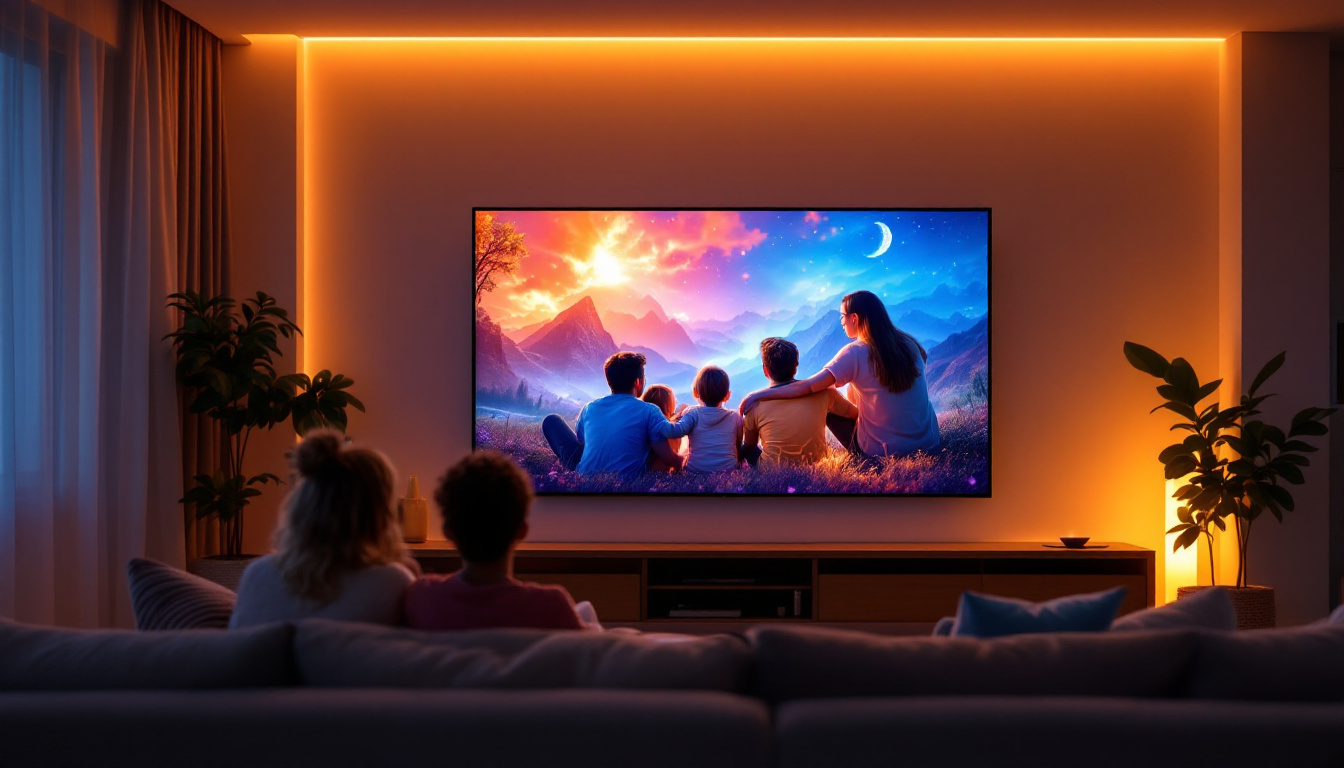In the ever-evolving landscape of advertising, mobile billboards have emerged as a dynamic and effective way to reach audiences. Among the various options available, LED displays stand out for their vibrancy and versatility. This article delves into the mechanics of mobile billboards, the technology behind LED displays, and their impact on advertising strategies.
Understanding Mobile Billboards
Mobile billboards are essentially advertisements displayed on vehicles, allowing brands to reach consumers in a more engaging and direct manner. Unlike traditional static billboards, mobile billboards can travel through different neighborhoods, targeting specific demographics based on location and time of day.
The Evolution of Advertising
The concept of mobile advertising is not new; however, the advent of technology has transformed its execution. Initially, mobile billboards consisted of simple vinyl banners affixed to trucks. Today, with advancements in digital technology, these billboards have evolved into sophisticated LED displays that can showcase dynamic content.
As consumer behavior shifts towards digital engagement, advertisers are increasingly recognizing the importance of capturing attention on the go. Mobile billboards equipped with LED displays offer a unique solution by combining mobility with the ability to present eye-catching visuals. This evolution has led to the integration of interactive elements, such as QR codes and social media links, allowing consumers to engage with the brand directly from their smartphones. This interactive capability not only enhances the consumer experience but also provides valuable data for advertisers to analyze the effectiveness of their campaigns.
Benefits of Mobile Billboards
One of the primary advantages of mobile billboards is their ability to reach a diverse audience. Unlike traditional billboards that are often limited to a fixed location, mobile billboards can travel to various areas, maximizing exposure. This flexibility allows advertisers to target specific events, festivals, or high-traffic locations, ensuring their message is seen by a larger and more relevant audience.
Moreover, mobile billboards can create a sense of urgency. With the ability to change messages and visuals in real-time, advertisers can promote limited-time offers or events, prompting immediate action from potential customers. This adaptability makes mobile billboards a powerful tool in any marketing strategy. Additionally, the novelty of seeing a moving advertisement can generate buzz and conversation among consumers, further amplifying the brand’s reach through word-of-mouth marketing. As people share their experiences on social media, the impact of mobile billboards extends beyond the physical space they occupy, creating a ripple effect that enhances brand visibility and engagement.
The Technology Behind LED Displays
LED (Light Emitting Diode) displays have revolutionized the way advertisements are presented. Unlike traditional billboards that rely on printed materials, LED displays utilize a grid of tiny lights to create vibrant images and animations. This technology not only enhances visibility but also allows for greater creativity in advertising.
How LED Displays Work
At the core of an LED display is a matrix of pixels, each composed of red, green, and blue diodes. By adjusting the intensity of each diode, a wide range of colors can be produced, resulting in high-resolution images and videos. This capability enables advertisers to create visually stunning content that captures attention.
Furthermore, LED displays are energy-efficient and have a long lifespan, making them a cost-effective choice for advertisers. The durability of LED technology means that these displays can withstand various weather conditions, ensuring consistent performance over time.
Types of LED Displays
LED displays come in various forms, each suited for different advertising needs. Some common types include:
- Full-color LED displays: These displays can show a wide spectrum of colors and are ideal for dynamic advertising campaigns that require high visual impact.
- Monochrome LED displays: Typically used for text-based advertisements, monochrome displays are effective for conveying simple messages or announcements.
- Video LED displays: Capable of playing videos, these displays are perfect for engaging audiences with motion graphics and animations.
Each type of LED display offers unique advantages, allowing advertisers to choose the best option based on their campaign goals and target audience.
Impact on Advertising Strategies
The integration of mobile billboards with LED displays has significantly altered advertising strategies. Brands are now leveraging this technology to create immersive experiences that resonate with consumers.
Enhancing Brand Visibility
In a world saturated with advertisements, standing out is crucial. Mobile billboards with LED displays provide a unique opportunity to enhance brand visibility. The bright, colorful visuals attract attention, making it difficult for passersby to ignore the message being conveyed.
Moreover, the mobility of these billboards allows brands to strategically position themselves in areas where their target audience is most likely to be. This targeted approach not only increases brand exposure but also fosters a stronger connection with potential customers.
Engaging Consumers in Real-Time
One of the most significant advantages of LED displays is their ability to engage consumers in real-time. Advertisers can change content on-the-go, allowing for timely promotions and announcements. For instance, a mobile billboard can display a flash sale or a special event happening that day, prompting immediate action from viewers.
This real-time engagement is particularly effective in urban environments, where consumers are constantly on the move. The ability to adapt messages based on location and time enhances the relevance of the advertisement, increasing the likelihood of interaction.
Case Studies: Successful Mobile Billboard Campaigns
Numerous brands have successfully harnessed the power of mobile billboards with LED displays to achieve their advertising goals. Analyzing these case studies can provide valuable insights into effective strategies.
Case Study 1: A Local Restaurant
A local restaurant aimed to boost foot traffic during a slow season. They partnered with a mobile billboard company to create an eye-catching LED display that showcased their daily specials and promotions. The billboard traveled through busy neighborhoods and near local events, capturing the attention of potential diners.
As a result, the restaurant saw a significant increase in customer visits, with many patrons citing the mobile billboard as the reason for their decision to dine there. This campaign illustrated the effectiveness of targeted advertising in driving immediate consumer action.
Case Study 2: A National Retail Brand
A national retail brand launched a new product line and decided to use mobile billboards with LED displays to create buzz. The billboards featured vibrant visuals and engaging animations that highlighted the product’s features. They strategically positioned the billboards near shopping malls and popular events.
The campaign generated substantial social media engagement, with many consumers sharing photos of the mobile billboards. This not only increased brand awareness but also fostered a sense of community around the product launch.
Challenges in Mobile Billboard Advertising
While mobile billboards with LED displays offer numerous advantages, they also come with challenges that advertisers must navigate. Understanding these challenges is essential for developing effective campaigns.
Regulatory Restrictions
One of the primary challenges in mobile billboard advertising is navigating local regulations. Many cities have specific laws governing the use of mobile billboards, including restrictions on where and when they can operate. Advertisers must ensure compliance with these regulations to avoid fines or legal issues.
Additionally, some areas may have noise ordinances that limit the use of sound on mobile billboards, restricting the ability to engage consumers through audio-visual content. Understanding and adhering to these regulations is crucial for a successful campaign.
Logistical Considerations
Logistics also play a significant role in the effectiveness of mobile billboard campaigns. Coordinating routes, timing, and placement requires careful planning to maximize visibility and impact. Advertisers must consider factors such as traffic patterns, peak hours, and local events to ensure the billboard reaches the intended audience.
Furthermore, maintenance of the LED displays is essential. Regular checks are necessary to ensure that the visuals are clear and functioning correctly. Any technical issues can diminish the effectiveness of the campaign and lead to missed opportunities.
The Future of Mobile Billboards
As technology continues to advance, the future of mobile billboards looks promising. Innovations in LED display technology, data analytics, and consumer engagement strategies are set to redefine how brands approach mobile advertising.
Integration with Digital Marketing
One of the most exciting prospects for mobile billboards is their integration with digital marketing strategies. By leveraging data analytics, advertisers can gain insights into consumer behavior and preferences, allowing for more targeted and personalized campaigns.
For instance, incorporating QR codes or NFC technology on mobile billboards can enable consumers to interact with the advertisement directly from their smartphones. This seamless integration of offline and online marketing creates a more cohesive brand experience.
Sustainability in Advertising
As sustainability becomes a priority for consumers and brands alike, mobile billboards are also evolving to meet these expectations. The use of energy-efficient LED displays reduces the carbon footprint of advertising campaigns, aligning with the values of environmentally conscious consumers.
Moreover, brands are increasingly seeking sustainable materials for their mobile billboard structures, further enhancing their commitment to eco-friendly practices. This shift not only appeals to consumers but also positions brands as leaders in responsible advertising.
Conclusion
Mobile billboards with LED displays represent a powerful tool in the advertising arsenal. Their ability to engage consumers in real-time, combined with the flexibility of mobility, makes them an attractive option for brands looking to enhance visibility and drive action.
As technology continues to advance, the potential for mobile billboards will only grow. By understanding the intricacies of LED displays and the challenges of mobile advertising, brands can develop effective strategies that resonate with their target audience. The future of mobile billboards is bright, and those who embrace this innovative approach will undoubtedly reap the rewards.
Illuminate Your Brand with LumenMatrix
Ready to take your advertising to the next level? Discover the vibrant world of LumenMatrix, where innovation meets visual brilliance. Our extensive range of LED display solutions, from Indoor and Outdoor LED Wall Displays to Vehicle LED Displays and beyond, are designed to captivate your audience and amplify your message. With LumenMatrix, you’re not just investing in a display, you’re embracing a future of dynamic, engaging, and sustainable advertising. Don’t let your brand fade into the background—Check out LumenMatrix LED Display Solutions today and watch your business shine.

